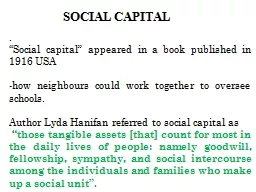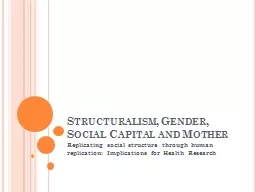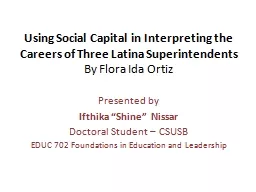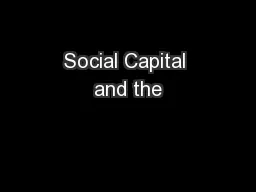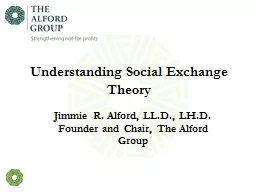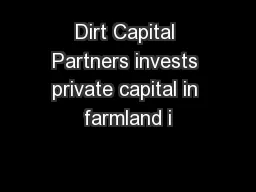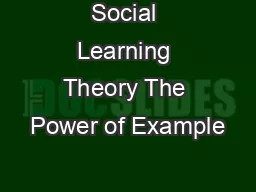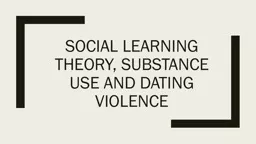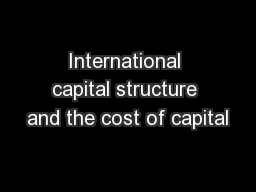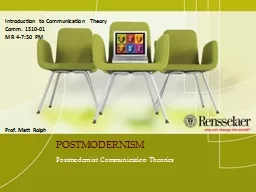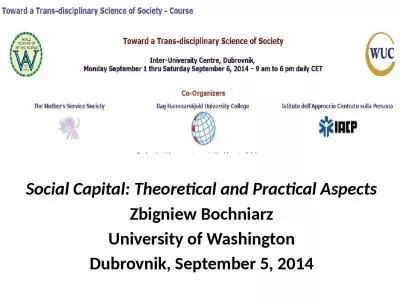PPT-Social capital theory
Author : tatiana-dople | Published Date : 2016-09-08
Quazi Afzal Hossain PHD FELLOW AEIS 604 DEPT OF AEIS SHEREBANGLA AGRICULTURAL UNIVERSITY Social capital appeared in a book published in 1916 USA how neighbours
Presentation Embed Code
Download Presentation
Download Presentation The PPT/PDF document "Social capital theory" is the property of its rightful owner. Permission is granted to download and print the materials on this website for personal, non-commercial use only, and to display it on your personal computer provided you do not modify the materials and that you retain all copyright notices contained in the materials. By downloading content from our website, you accept the terms of this agreement.
Social capital theory: Transcript
Download Rules Of Document
"Social capital theory"The content belongs to its owner. You may download and print it for personal use, without modification, and keep all copyright notices. By downloading, you agree to these terms.
Related Documents

